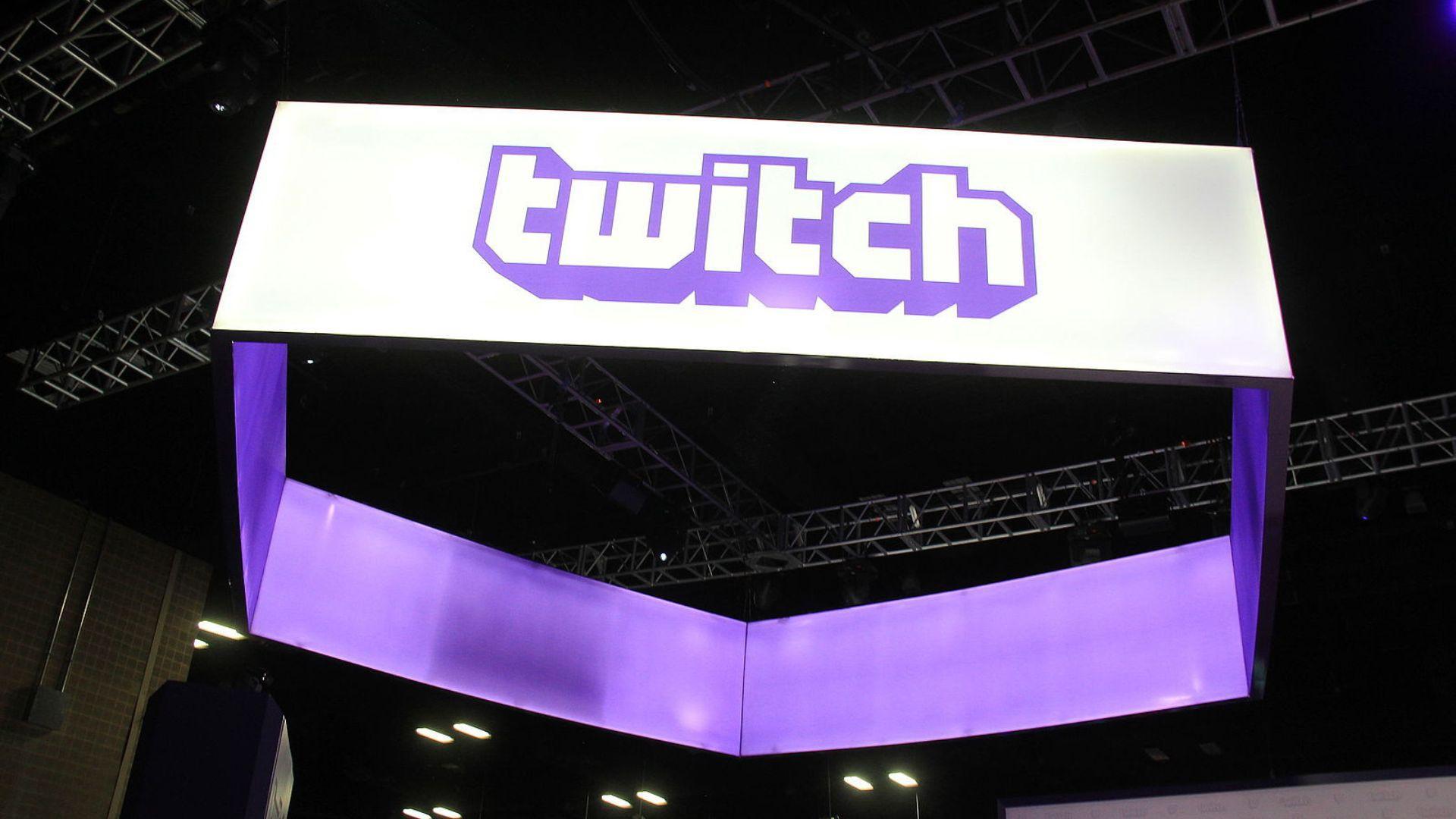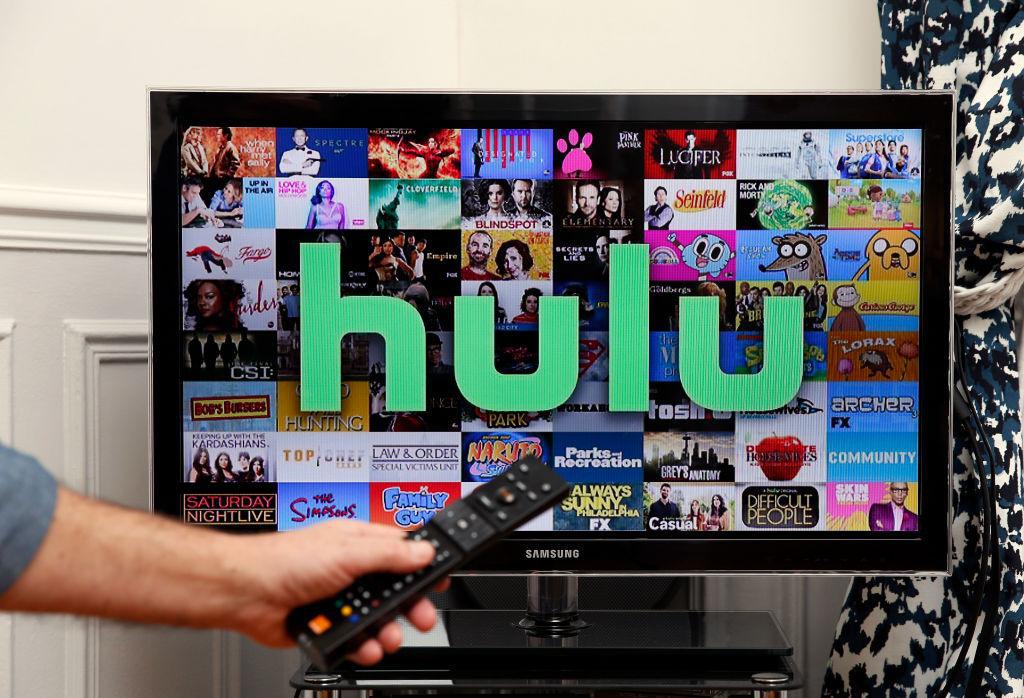EchoStar Corporation, parent to Dish Network, faces stark financial challenges. In the first quarter of 2024, they reported significant revenue declines and losses, starkly contrasting the profits of the previous year.
This backdrop sets the stage for an exploration of their possible road to bankruptcy, a topic gaining attention due to the company’s precarious financial position.
Earnings Overview: A Sharp Decline

In Q1 2024, EchoStar’s earnings painted a grim picture: revenue dropped to $4.01 billion from $4.39 billion in Q1 2023, and they recorded a loss of 40 cents per share, a sharp downturn from a profit of 82 cents per share a year earlier.
These figures fell short of analysts’ expectations, heightening concerns about the company’s future.
Leadership’s Financial Strategy

During a recent earnings call, CEO Hamid Akhavan was candid about EchoStar’s struggles, highlighting that $3 billion in debt payments due this year exceed their cash on hand.
He emphasized, “Our recipe is very simple… Can we push the maturities out… so that we have enough cash to operate the business?”
Subscriber Exodus

EchoStar continues to bleed subscribers, losing 348,000 in the first quarter, though less than the previous year’s loss of 552,000.
This ongoing issue reflects broader industry challenges, including fierce competition from streaming services like Amazon Prime and Hulu and evolving consumer preferences.
Debt Dilemma

EchoStar’s massive debt burden poses a severe threat to its survival. The scramble to extend debt maturities and secure additional financing is crucial.
Akhavan noted, “We are very bullish about our prospects… if we have the capital to execute that,” underscoring the dire need for financial restructuring.
Mergers on the Back Burner

Despite past speculation about a merger with DirecTV, Akhavan now focuses on immediate financial concerns.
He stated, “To me, obviously there are significant synergies there… It’s a matter of us getting to finding the right time and economics to look at it.”
Increasing Bankruptcy Speculation

Wall Street analysts, like MoffettNathanson, have voiced stark predictions about EchoStar’s viability.
In March, they remarked, “The overwhelming probability here has always been that Dish would enter bankruptcy sometime in the next few years. Today’s results likely accelerate that.”
Industry Comparisons

Comparing EchoStar’s trajectory with competitors like Verizon and T-Mobile reveals differing strategies and outcomes.
While EchoStar flounders, these companies have better managed their financials and adapted to changing market demands.
The Cord-Cutting Impact

The shift from traditional Pay-TV to streaming services is a significant factor in EchoStar’s troubles.
This industry-wide trend has accelerated subscriber losses, challenging EchoStar to pivot its business model effectively.
Regulatory Hurdles

EchoStar also faces regulatory challenges, notably the FCC’s demands following T-Mobile’s acquisition of Sprint.
These include extensive coverage requirements for their 5G network, adding to the company’s financial strain.
Potential Employee and Economic Impact

EchoStar’s potential bankruptcy poses a significant threat, endangering thousands of jobs and local economies that rely on its operations.
In addition, the company’s financial struggles could impact its ability to fulfill commitments made to various partners and customers. This outcome would have a detrimental effect on the broader industry and market.
EchoStar’s Uncertain Future

As EchoStar navigates these turbulent waters, the focus is on securing new funding and possibly restructuring operations.
The next few months will be critical in determining whether the company can avoid bankruptcy and stabilize its business.
Vice Media Group’s Financial Collapse

Bankruptcies in the digital media space are not limited to traditional television providers. Vice Media Group, once a leader in digital media, filed for bankruptcy in May 2023.
The company struggled to monetize its content effectively amid shifting ad revenues and increased competition.
Silicon Valley Bank’s Downfall

Silicon Valley Bank, a critical financial institution for tech startups, declared bankruptcy in March 2023. The bank’s collapse was precipitated by a rapid increase in interest rates and a subsequent run on deposits.
This event caused widespread disruption, leaving many tech startups scrambling for new financial backing and highlighting vulnerabilities in the tech financial ecosystem.
Gawker Media’s Bankruptcy

Gawker Media, known for its controversial news and gossip, filed for bankruptcy in 2023.
The company faced numerous legal challenges, including a high-profile lawsuit, which drained its financial resources.
Twitch Layoffs and Restructuring

In January 2024, Twitch announced plans to lay off approximately 500 employees, citing a need for restructuring due to financial pressures.
This move came as a shock to the streaming community, causing concern and uncertainty about the future of the popular platform.
Comcast’s Major Workforce Reduction

In early 2024, Comcast announced significant layoffs, cutting around 8,000 jobs, or approximately 10% of its workforce. This move was part of a broader effort to reduce costs and streamline operations amid declining cable subscriptions and rising operational expenses.
The layoffs affected various departments, including customer service, technical support, and corporate roles.
Impact on Local Economies

Comcast’s layoffs have had a profound impact on local economies, especially in regions where the company is a major employer. The job cuts have led to increased unemployment rates and economic instability in these areas.
Local businesses that rely on Comcast employees as customers have also felt the ripple effects, leading to broader economic challenges.
Strategic Shift Towards Streaming

The layoffs at Comcast are part of a strategic pivot towards streaming services. With traditional cable TV losing ground to streaming platforms, Comcast is reallocating resources to bolster its streaming offerings, such as Peacock.
This shift reflects the broader industry trend of moving away from traditional cable models to more flexible, on-demand streaming services.
Employee Assistance Programs

In response to the layoffs, Comcast did implement several employee assistance programs, including severance packages and benefits continuation.
These initiatives aim to support affected workers during the transition period and help them find new employment opportunities in a challenging job market.
Industry-Wide Implications

Comcast’s layoffs are indicative of a wider trend in the telecommunications and media industries, where companies are reevaluating their workforce needs in response to technological advancements and changing consumer behaviors.
This trend highlights the ongoing transformation within the industry and the need for companies to adapt to remain competitive.
EchoStar’s Struggle Amidst Industry Trends

EchoStar Corporation faces stark financial challenges, mirroring broader industry trends such as the shift from traditional Pay-TV to streaming services.
This transition has led to subscriber losses and revenue declines, further complicating EchoStar’s financial situation. The company’s ability to adapt to these changes will be crucial in determining its future viability.
The Future of the Telecommunications and Media Industries

The ongoing transformation within the telecommunications and media industries, fueled by advancements in technology and changing consumer behaviors, is expected to continue.
This will likely result in further workforce shifts and potential layoffs as companies strive to stay competitive.
Can Echostar Avoid Going Under?

It remains to be seen if EchoStar can weather the challenges it currently faces and avoid going under.
The company has taken steps to streamline its operations, reduce costs, and focus on emerging technologies such as satellite internet. However, it will also need to closely monitor industry trends and adapt accordingly in order to remain viable in a rapidly changing market.
